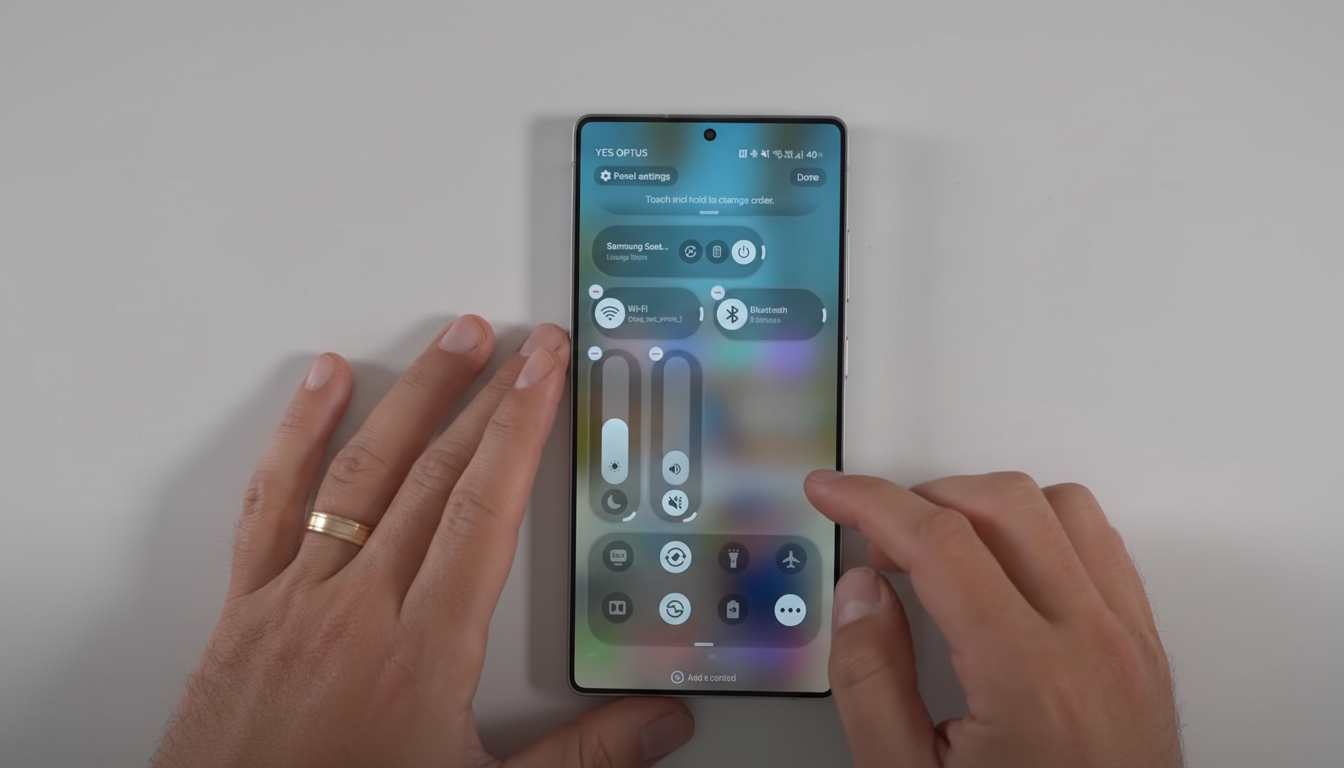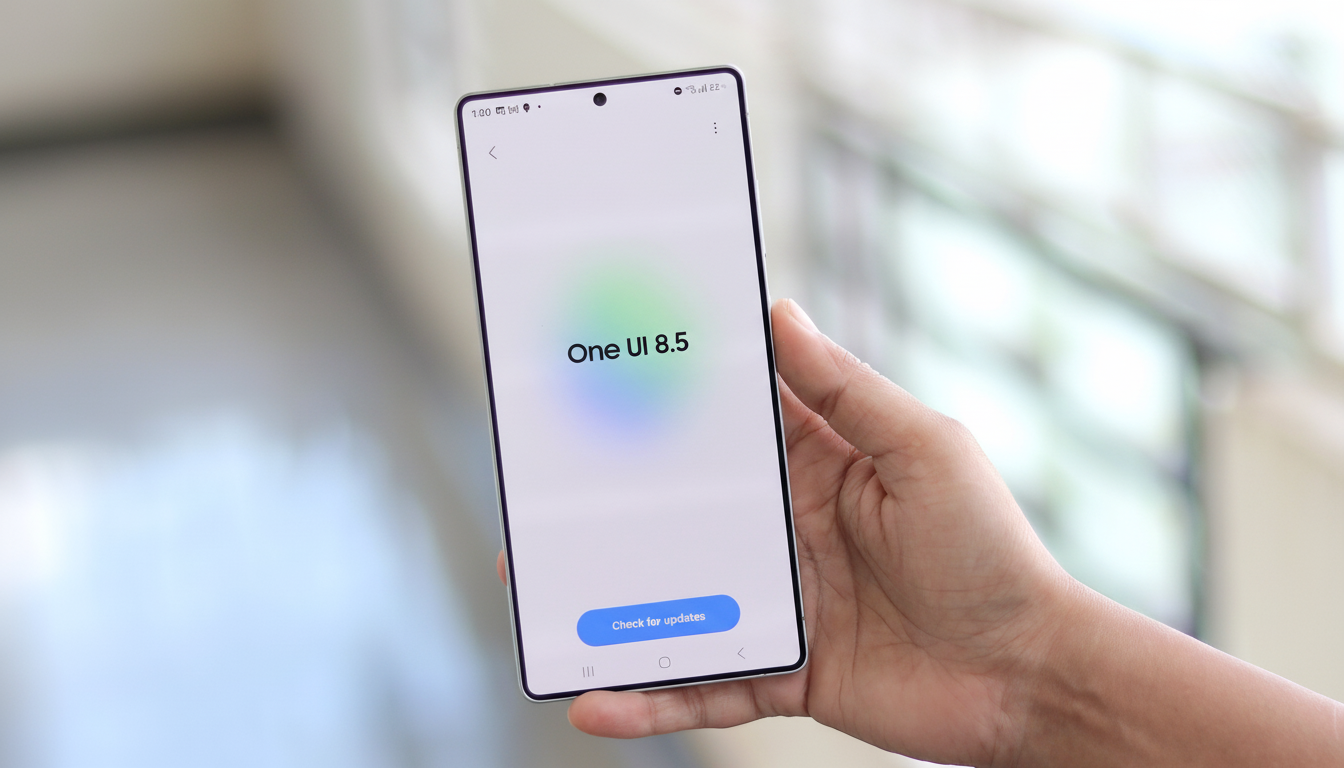Samsung’s new Adaptive Data Saver in its upcoming One UI 8.5 appears to aim to clamp down on runaway data use within social media apps, as indicated by strings found inside the company’s latest pre-release system builds. The feature appears to be designed to hold off on downloading a video until the fraction of a second before a user selects that video to watch it, with the goal of preventing the background prefetches and autoplays that boost mobile plan usage.
If the implementation aligns with the hints in the code, Galaxy owners may be able to see real data reductions over months and years of use, but little to no perceived impact on the speed and crispness of the video they see, especially when scrolling through feeds full of reels, stories, shorts, etc.

How Adaptive Data Saver may limit background prefetches
According to the hidden One UI 8.5 strings, Adaptive Data Saver is built for social feeds. Apps in your social feed already pre-download the next couple of videos and then start playing the next video by default. It seems like this feature is just holding off on downloading the next video until you actually select a video to watch, then the next video around the one you tapped on.
One UI 8.5 could functionally achieve this in several different ways using the low-level framework. It might add to the amount of time before it makes a prefetch request or enforce stricter rules on background networking for a broad subset of app categories to gate sizable media transfers over the cellular network. Yet the language gives a clear notion that Samsung intends for the system to be not dependent on cuts to perceived quality.
Short-form video’s data impact and potential savings
Short-form video is the world’s leading mobile traffic source. According to Ericsson’s Mobility Report, video accounts for about 73% of total data traffic in all mobile networks globally and is expected to rise above 80% for the decade to come.
The portion downloaded by social applications would be even greater, even when you account for the fact that several clips are preloaded to ensure that the feed remains as responsive as possible. It may not seem significant, but social video may be a few hundred megabytes to over 1 gigabyte each hour, depending on the codec, bitrate, and resolution.
This consumption happens automatically due to autoplay and prefetch technology, even if the actual footage is never viewed. This “why not” download could be stopped using a system feature, potentially saving several gigabytes each billing period for customers on capped networks.

Android has a data saver option, but it only works in-app and is limited. However, Adaptive Data Saver, by design, is likely to be much more interactive. And because it is a system aspect instead of an app, it will work identically across Instagram, TikTok, YouTube Shorts, and X, among others, and users will not have to wait for updates or default changes.
What this could mean for battery life and usability
While unlimited plans are a reality in some markets, many users still rely on a 4G/5G data allowance that goes out the window when they are not connected to home and office Wi‑Fi. According to Ericsson, the average global smartphone used about 21GB of data each month last year, but plan sizes vary and fair-use thresholds often mean being throttled.
For commuters, tourists, and others who rely on social video to pass the time, an opt-in intelligent gatekeeper could mean the difference between staying under a cap and paying too much. There is also a subtle secondary advantage: less background downloading can decrease radio wake-ups, which may provide modest battery savings during long sessions, especially in places with a weak signal where retransmissions are high.
Most big social platforms already provide a data saver feature—Instagram reduces preloading, TikTok uses low-data modes, and YouTube restricts HD on 4G. These are all excellent features, but they’re also segregated and often hidden in settings. A One UI system-level control would give a single switch with consistent enforcement, including aggressive gating that app-level toggles don’t always forestall. The trade-off is predictable: pausing and waiting for the video to start could take a little bit longer, and there will be fewer preloaded clips. Whether the impact on speed and quality is as low as Samsung claims will determine how many customers will accept that bet.
Availability details and what to expect from One UI 8.5
Samsung has not officially revealed Adaptive Data Saver, and more information may be presented by the time of release. More details will come during One UI 8.5 previews or when the first beta builds of the software roll out, such as whether the feature is enabled by default, whether it is confined to specific apps, and what choices the controls provide. Even if the current system-level approach is conservative, it is worth noting how much data social video consumes. It might help relieve some of the cost without forcing folks to adjust how they use their phones.

